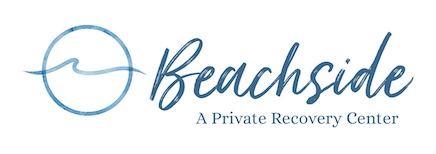Individuals who have a recurring problem with alcohol or drug abuse are trapped in a cycle of addiction. They stop abusing substances for a period of time — weeks, perhaps even months — before stress, anxiety, emotional pain, or an event that serves as an emotional trigger causes the cycle to start up again.
The more you know about the cycle of addiction, the better equipped you will be to tackle it. While experts vary in how they define the cycle of addiction, it typically includes these steps:
- Stress, anxiety, emotional pain, or an event that serves as an emotional trigger
- Craving for drugs or alcohol to relieve those symptoms
- Using drugs or alcohol to gain relief
- Returning to regular drug or alcoholic use and losing control over the behavior
- Developing feelings of remorse, guilt, and shame, which may result in temporary cessation of the substance abuse and addictive behaviors
- Experiencing symptoms of withdrawal, making it more likely to have recurring feelings of stress, anxiety, and emotional pain
Often there is a trigger event that will set the addiction cycle in motion. It may be a bad day at work or an argument with a romantic partner. Sometimes being around a friend who uses drugs or in a social setting in which others are drinking can be the trigger that sets the addiction cycle in motion.
Eliminating the Trigger
Often the best way to avoid restarting the cycle of addiction is to avoid potential triggers. This can be difficult if the trigger occurs at work or in one’s marriage. Finding a less stressful job is one potential solution — though if that’s not possible, taking time out of the day for such activities as meditation or exercise could lessen the stress that triggers the craving for drugs or alcohol. In the case of a stressful marriage, attending couple’s counseling may be an effective way to address problems that would otherwise lead back to addiction.
Additionally, it’s best to avoid the people and situations that may coax you back into substance abuse. Friends who themselves are abusing drugs or alcohol are not conducive to helping you avoid these substances. Stopping at a bar after work is another habit to avoid. Even if your intent is to stick with soft drinks, you may find yourself weakening around others who are drinking and seemingly having a better time because of it.
Substitute Behaviors
One effective strategy for breaking the cycle of addiction is to substitute behaviors for the triggers that send you spiraling back into addiction. Here are a few behavioral suggestions to help you break the addiction cycle:
- Make exercise a habit. It’s good for the body and the mind. Head to the gym for a 30-minute workout or go for a daily run. Join a recreational basketball, tennis, or pickleball league that allows you to interact with others while you exercise.
- Focus on good nutrition. Become aware of what you put in your body and how it affects your overall health.
- Reduce stress by practicing mindfulness. Use meditation, yoga, and other techniques to get in touch with your thoughts and feelings.
- Take up a hobby. An activity such as gardening, woodworking, journaling, or photography can focus your attention toward a creative, worthwhile pursuit and away from addictive behavior.
- Develop a network of supportive friends and family. Have them hold you accountable for staying substance-free.
- Attend addiction treatment and counseling sessions as needed, working with a trusted therapist to ensure that you stay on track.
Beachside Rehab’s dual diagnosis treatment program is a holistic approach that will help individuals break the cycle of addiction. The program helps patients identify the underlying problems that cause emotional pain, giving them a pathway for tackling unresolved issues that can trigger addictive behavior.
Learn more about Beachside Rehab’s holistic approach that will help you break the cycle of addiction. Contact our trained admissions counselors at 866-349-1770 to discuss how we can create a personalized treatment program tailored to your needs.

